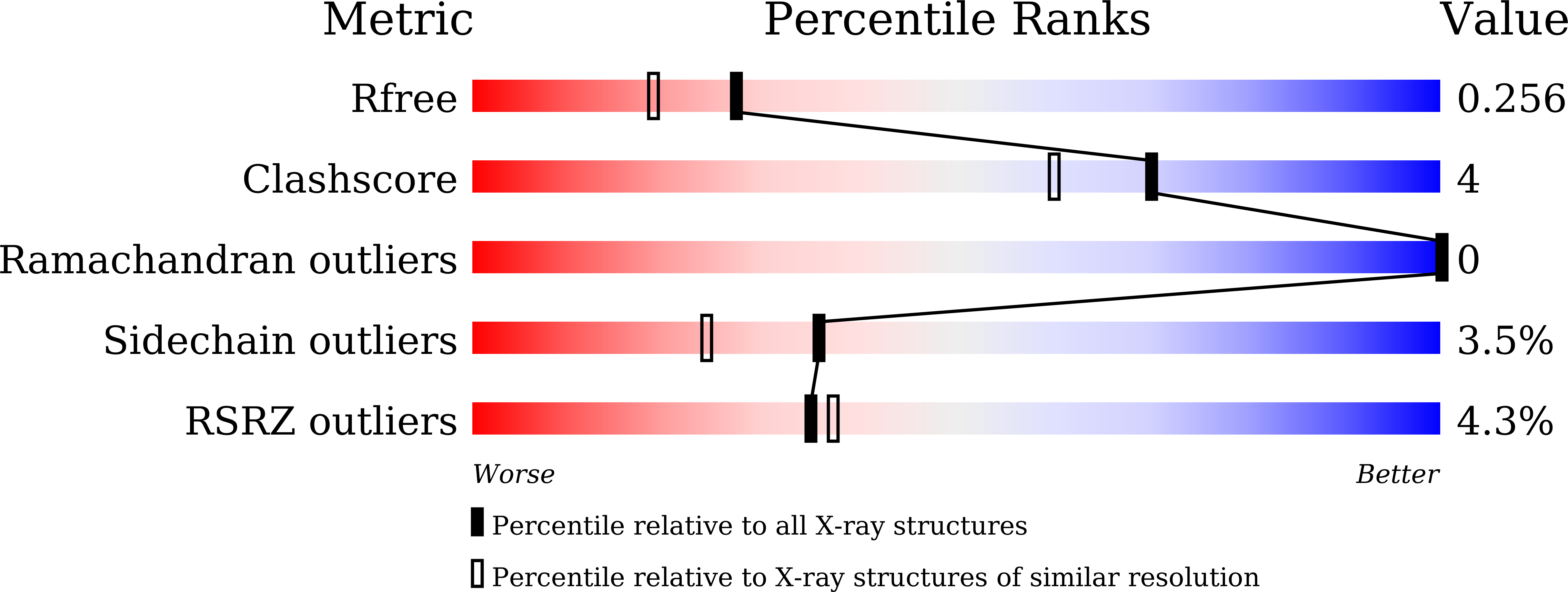
Deposition Date
2022-08-25
Release Date
2023-05-24
Last Version Date
2024-06-05
Entry Detail
PDB ID:
8GOT
Keywords:
Title:
Crystal structure of wild-type protease 3C from Seneca Valley Virus
Biological Source:
Source Organism:
Senecavirus A (Taxon ID: 390157)
Host Organism:
Method Details:
Experimental Method:
Resolution:
1.99 Å
R-Value Free:
0.25
R-Value Work:
0.21
R-Value Observed:
0.21
Space Group:
P 21 21 21


